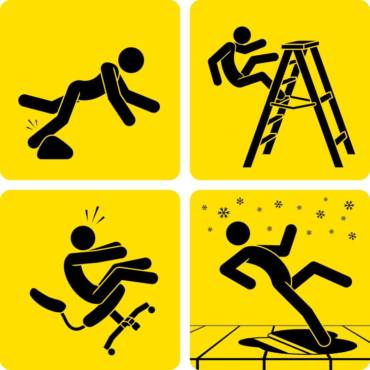Myotherapy – Dry Needling
So what’s my opinion between the difference in a remedial massage and Myotherapy treatment? Not much. Technically Myotherapists are educated in a greater range of assessment techniques when presented with an issue of physiological dysfunction. Does this mean that they’re qualified to make a professional diagnosis of any condition? No.
When it comes down to starting the hands on part of the session, I find one of two things occur. Keep in mind, this is based on my experience of receiving Myotherapy treatments. Either, 1. The treatment feels like a remedial massage or 2. The treatment feels like a disjointed massage where the therapist treats one area of concern, stops, and starts onto the next area of concern. I feel this confuses a lot of the public especially when scenario 1 occurs. Why Myotherapists are classed as a separate category under private health fund schemes is beyond me.
Despite all of the above, the therapist is still doing their job, treating dysfunction as required, which is a good thing!
A distinct commonality amongst myotherapists is their ability to offer dry needling. Dry needling is a technique using acupuncture needles to directly relax and release tight bands of muscle fibres. Some patients prefer it over a massage as they know they respond well to dry needling. Dry needling is simply a process of inserting the needle, waiting for the muscle to release all the while having another area massaged and then removal of the needle. It eliminates those minutes of pain you could feel had you opted for direct hands on massaging instead. The point where the need has been inserted isn’t treated afterwards due to there now being an open wound which could lead to infection. Dry needling shouldn’t replace a physical treatment but more so aid in getting the treatment goals met.
I should quickly add as I know some of you are going to question why it is called “dry needling”. It’s called dry needling because it’s direct insertion of just a needle as opposed to “wet needling” where you’re being injected with a fluid.
I believe you should see a myotherapist if you prefer not to or can’t get a treatment with your usual physiotherapist, osteopath etc and would like an assessment guided treatment to address your injury or issue. The myotherapist should be able to refer you on if you need a qualified diagnosis on what they suspect is the problem.
“Massages for Camberwell, Caulfield North and Malvern”




